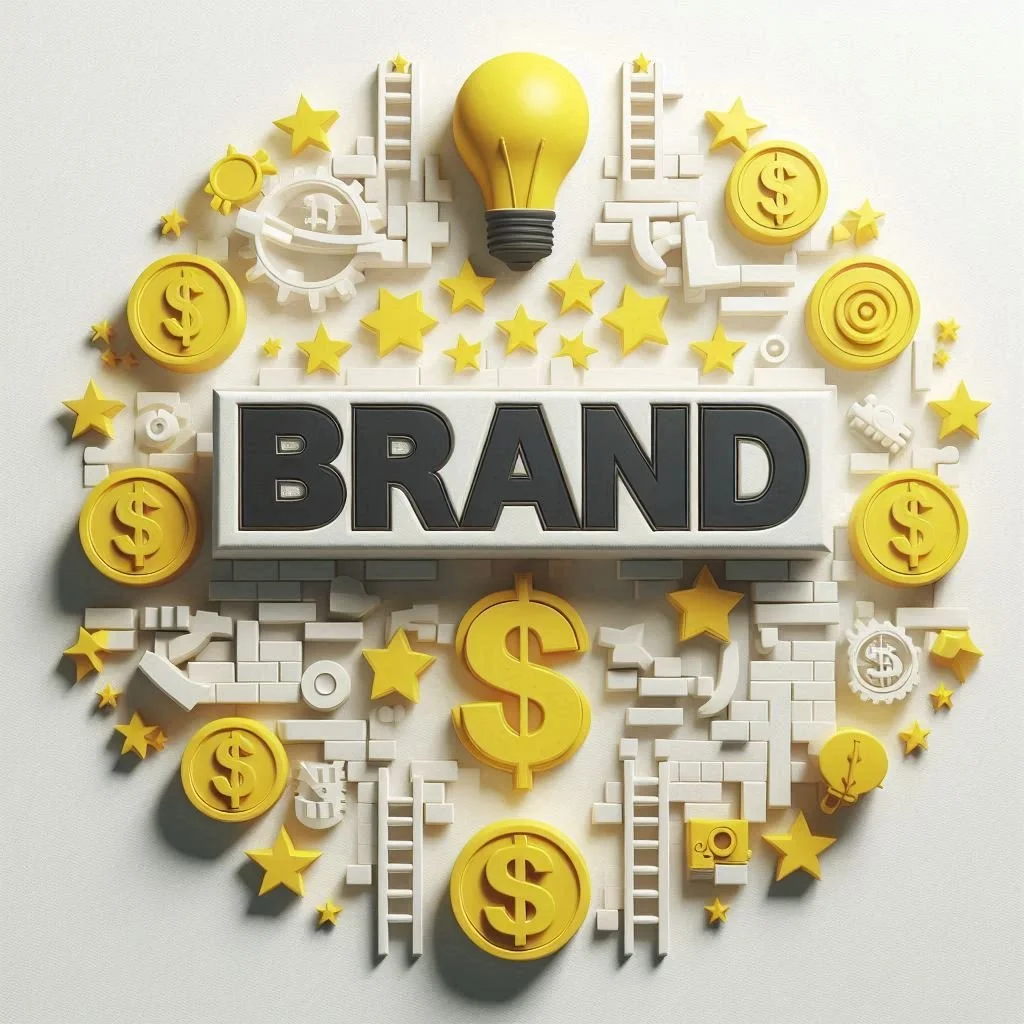The seven most common types of brand
Image generated by Microsoft Copilot
In this second of a three part series on branding, we look at the seven most common types of brand.
Brands are defined by what they do, but more importantly they are defined by how customers perceive, receive and respond to them. Brands are not homogenous constructs. On the contrary, they are multi-faceted and multi-dimensional, with unique characteristics and behaviour patterns that define and drive them.
Brands fall under a number of typologies, with each functioning as its own unique economy. There are brands that are time-defined and those that derive from extreme loyalty as well as others that communicate lifestyle choice, personal vanity and social concerns. For entrepreneurs, the better they understand the classifications and characteristics that define each brand economy, the more effectively they can cultivate customers, compete successfully and increase their market presence. Nothing drives success more than the power of a brand. So here are the seven most common types of brand.
1. The bubble brand
As the name suggests, a bubble brand is one with high impact, concentrated energy and a short life. The motion picture industry is a good example of where this sort of brand is most prevalent. It is well understood that the average life-cycle of a movie, from wide release to final showing, is about 10 weeks. During this ‘bubble period’ the biggest single point impact will be the film’s opening weekend. Thereafter, the grosses will diminish, week-on-week, until newer offerings eventually displace it at the box office. A bubble brand is therefore intended to generate as much impact and as great a value, in as short a time, as possible.
2. The loyalty brand
A loyalty brand is one where consumer allegiance derives from reasons other than the quality or performance of a product or service. Some of the best examples of loyalty brands are in the sporting world, where allegiance to a team or franchise isn’t transferable or negotiable. As case in point, in 2018, the Atlanta Hawks of the National Basketball Association, finished 15th and last in Eastern Conference. Despite this, during the season, the team still managed to pull an average attendance of 14,400 at their home games. The point to note here is that a loyalty brand is resolute, even in the face of the most negative consumer experience.
3. The endorsement brand
As the name suggests, endorsement is as much a branding technique as a brand in its own right. The purpose of an endorsement is to get the consumer to do something that they probably would not have done, but for the efforts of those who endorse it. A good example of this is when celebrities promote products or services in an effort to imbue them with their own credibility and glamour. However, the most effective and powerful form of endorsement does not come from well-known personalities, but rather from the word of mouth of ordinary consumers who use a product or service, have positive experience and recommend it to others.
4. The lifestyle brand
These brands are most closely identified with the needs, wants and particular preferences of an individual’s everyday life. A lifestyle brand is something that speaks to you personally or something that you can customise to reflect your choice and tastes. Examples of this type of brand are tech products such as mobile phones, upon which people rely so heavily to perform every day functions. However, lifestyle brands are also reflected in the places that people regularly go and the things that they routinely do that underpin the rhythm of their daily lives. A good example of this are the restaurants, hairdressing salons and barber shops that people visit.
5. The status brand
A status or vanity brand speaks to the socio-economic statement that a consumer wants to make about themselves, whether or not that statement is accurate. Expensive cars, high-value jewellery, designer clothes and even some tech products are all examples of brands, which are assumed to convey a certain status on those who possess or utilise them.
6. The transferable brand
A transferable brand is one with such a high trust value, that it can be used across a diverse product and service range. One of the best known examples of this is Richard Branson’s Virgin brand. Over the years, the Virgin name has been lent to everything from mobile phones and financial services, to multi-media and mass transit. Not dissimilar from an endorsement, a transferable brand, once attached to a product or service, confers value and standing and therefore communicates ‘permission’ to trust that product or service.
7. The conscience brand
A conscience brand is a form of status branding, where the consumer seeks to make a personal and social statement about the products and services that they procure. However, distinct from a status brand, which can often be a statement of ostentation or vanity, a conscience brand is communitarian and concerned with social welfare. Some examples of this kind of brand include products and services marketed as fair-trade, responsibly sourced or recycled.
In conclusion, a brand is an economy, reflecting the personal, social and commercial preferences of consumers. Whilst some brands intersect, making it possible for businesses to market products and services across boundaries, others are completely unique and require a more sophisticated approach. In the brand economy, the key to success isn’t just the quality of your product, it is the ability to understand the psychology of your customer.


